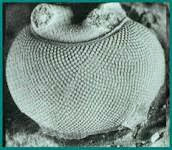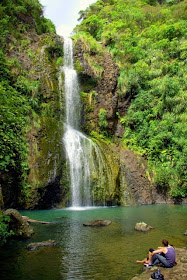I received an alert from
The New York Times today with this "breaking news" about climate change. Temperatures rising slightly less than 2 ° F are certainly cause for concern but, for most scientists it is hardly breaking news. The data are important, though, especially the possible projected rise in mean temperatures by up to 10 °F by the end of this century:
CLIMATE CHANGE REPORT
As a focus today, I'd like to compare the relatively quickly-changing tectonic geomorphology of New Zealand to the much slower-changing tectonic geomorphology of Arizona.
Tectonic geomorphology involves the interplay of surface features with underlying tectonics.
In this geologic map of New Zealand, rates of up to 5 mm uplift per year are noted in red:
Areas of rapid uplift are marked by active faults, seismic activity, waterfalls, and newly developing stream systems:
New Zealand sits at the junction of the Australian and New Zealand tectonic plates and displays the features of a rapid convergent plate tectonic zone.
In contrast, Arizona sits within the North American plate, rather than at the convergence of two plates. The fluvial (river) geomorphology is well developed and integrated. The landscape has had long periods of time to adjust to ancient fault scarps creating well-developed alluvial fans:
One of the most interesting parts of tectonic geomorphology to me is that features like alluvial fans may also mark places of more rapid uplift, where the alluvium is adjusting to more active uplift as in here in Iran:
But, back to climate change (you knew I'd get back there, right?), the increased overall temperatures, torrential downpours, and periods of drought are all intimately connected to this skin of our earth. The climate we are changing will inevitably affect the tectonic geomorohology as landscapes adjust to the wide swings in temperature and rainfall.
Looking forward to your thoughts on this interplay of climate and tectonic geomorphology, all you alluvial fans!
Tectonically,
Word Woman (aka Scientific Steph)
P.S.
Mid May in the Colorado Mountains:

.jpg)
















